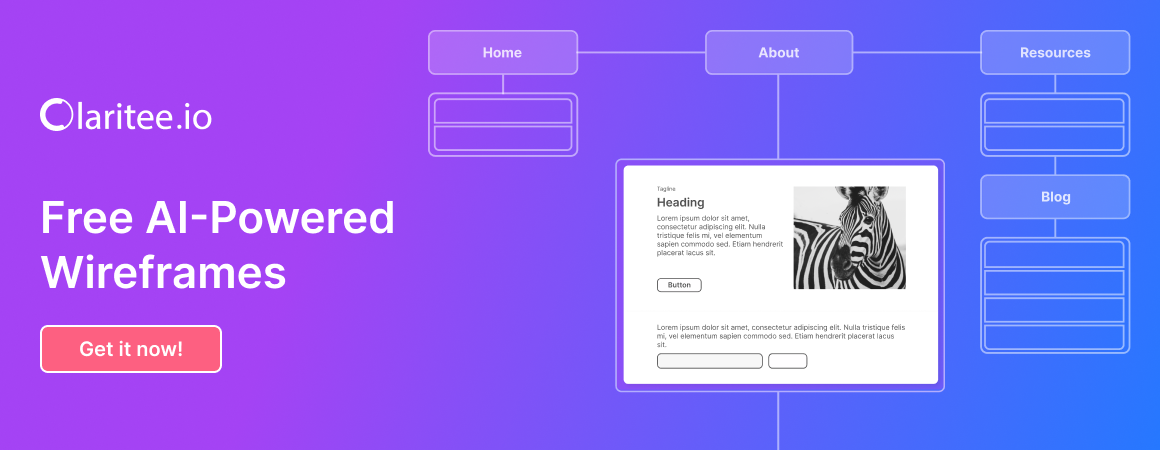The promise was simple: design visually, export clean code, launch faster. So why are teams still stuck in the same old cycle of endless iterations and manual fixes?
The Design-to-Development Reality Check
You’ve probably been there. A beautiful design sits perfectly in Figma, every pixel in place, every interaction mapped out. The vision is crystal clear. Then comes the moment of truth: turning that design into a functioning website.
The modern web development toolkit promises to solve this. Visual builders, AI-powered generators, design-to-code platforms – they all claim to bridge the gap. Yet here we are, still fighting the same battles:
- Hours spent prompt-engineering AI that never quite captures your vision
- Manual layout adjustments that take longer than coding from scratch
- Fragmented exports that require stitching together page by page
- Tool-hopping workflows that break creative momentum at every step
Something is fundamentally broken in this process.
The Import Illusion: Why “Figma Integration” Isn’t Enough
Most platforms tout their Figma import capabilities as if importing is the hard part. It’s not.
The real challenge begins after import. That’s when you discover:
- Broken responsive behavior that looked perfect in static designs
- Components that don’t scale across different screen sizes
- Spacing and typography that somehow lost their precision in translation
- Interactive elements that require complete rebuilding
Importing is easy. Understanding design intent? That’s where most tools fail.
The AI Credit Trap: When “Smart” Tools Make You Work Harder
AI-powered development tools promise intelligence but often deliver frustration. Every design decision becomes a negotiation:
“Make the header bigger”
“No, not that big”
“Center the text but keep the logo left-aligned”
“Actually, go back to the previous version”
Each iteration burns credits. Each prompt is a gamble. You’re not developing – you’re teaching a machine to read your mind, one expensive guess at a time.
Meanwhile, traditional coding starts to look appealing again. At least when you write CSS, it does exactly what you tell it to.
The Export Limitation: Thinking in Pages, Building in Fragments
Here’s where the workflow really breaks down. Most visual builders think in pages, not sites. They’ll happily export your homepage, then leave you to manually recreate navigation, shared components, and site-wide styles for every other page.
This page-by-page approach creates:
- Inconsistent styling across different sections
- Duplicated effort for common elements
- Maintenance nightmares when designs evolve
- Scalability issues that compound with site complexity
Real websites aren’t collections of isolated pages. They’re interconnected systems with shared components, consistent patterns, and unified user experiences.
What Would Actually Work?
The ideal design-to-code workflow would understand a few fundamental principles:
Design Intent Over Literal Translation
Instead of mechanically converting every design element, it would understand the relationships between components, the hierarchy of information, and the intended user flow.
System-Level Thinking
Rather than exporting pages, it would generate complete site architectures with proper component organization, consistent styling systems, and logical navigation structures.
Developer-Friendly Output
The generated code would be something developers actually want to work with – clean, semantic, organized, and extensible.
Seamless Responsive Behavior
Responsive design would be intelligent, not just adaptive. Elements would scale meaningfully across devices based on their role and importance, not just their pixel dimensions.
The Real Question Isn’t “How” – It’s “When”
The technology exists to solve these problems. We have the tools to understand design intent, generate clean code, and create seamless workflows from concept to deployment.
The question isn’t whether someone will build the missing link between design and development. The question is when you’ll find it.
Signs You’ve Found the Right Solution
You’ll know you’ve found a truly effective design-to-code platform when:
- You stop fighting with prompts and start focusing on design
- Your exports work properly the first time
- Your development team actually wants to use the generated code
- Your launch timelines become predictable instead of hopeful
- You spend time creating, not correcting
The Future is Visual-First (When It Works)
Visual development isn’t the future because it’s trendy – it’s the future because it’s logical. Designers shouldn’t need to become prompt engineers. Developers shouldn’t need to translate design files line by line. Project timelines shouldn’t depend on how well AI interprets your intentions.
When the right tools emerge, this entire conversation will seem antiquated. The gap between design and code will close not through clever workarounds, but through platforms that actually understand what we’re trying to build.
Until then, the search continues.
Experiencing these design-to-code frustrations in your workflow? You’re not alone. The solution is out there – and closer than you might think.







